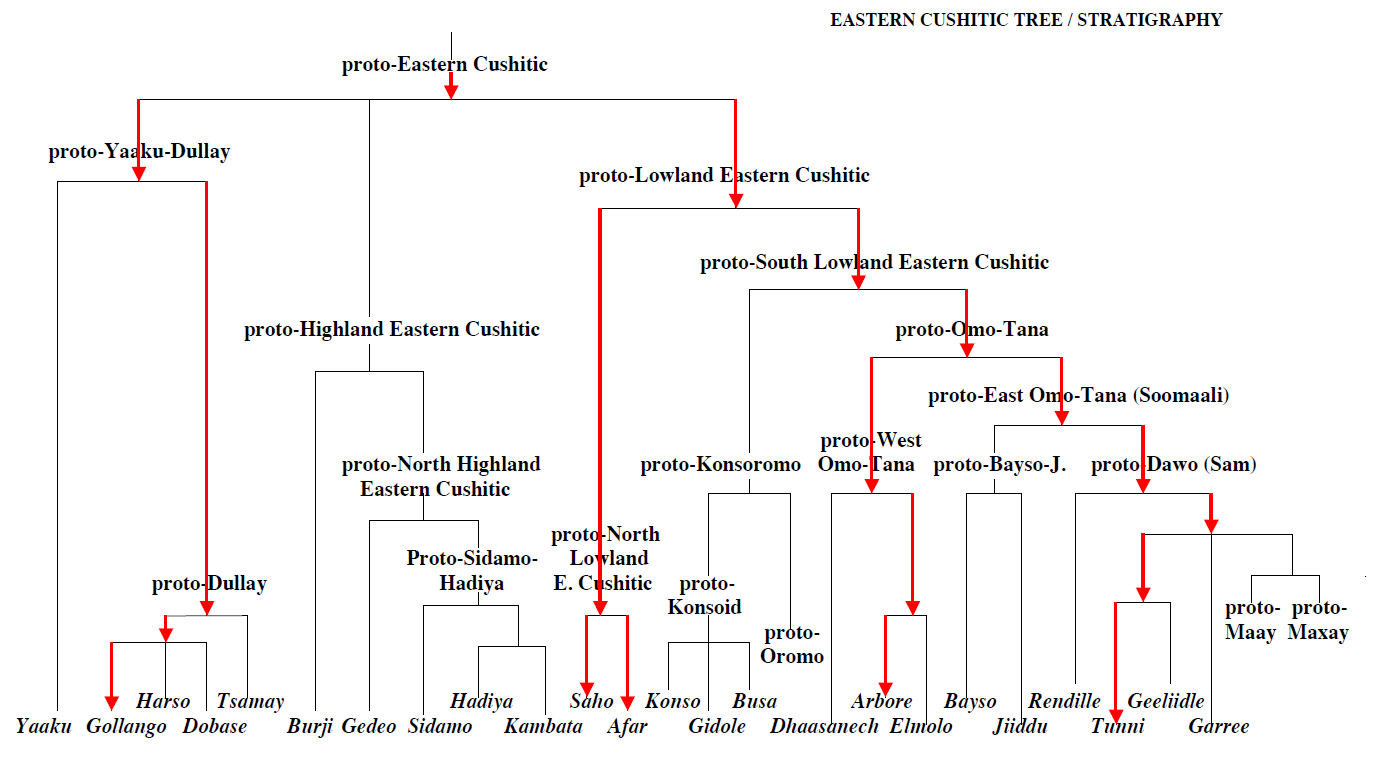ZBR
سبحان اللهِ وبحمدِه Free Palestine
Adal like other even Syria /Levant based Islamic governments was focused on frontier defense, more self sufficient, locally fielded military from the zeal of the locals , was basically a project of the nobility rather than a public service despite being the the first line of defense of Muslims at large
Ajuran like Abbasids was more focused on the hinterlands, careful maintenance, public services, incorporating a cosmopolitan society and especially spreading the religion to eventually hand over the metaphorical baton
Ajuran like Abbasids was more focused on the hinterlands, careful maintenance, public services, incorporating a cosmopolitan society and especially spreading the religion to eventually hand over the metaphorical baton





